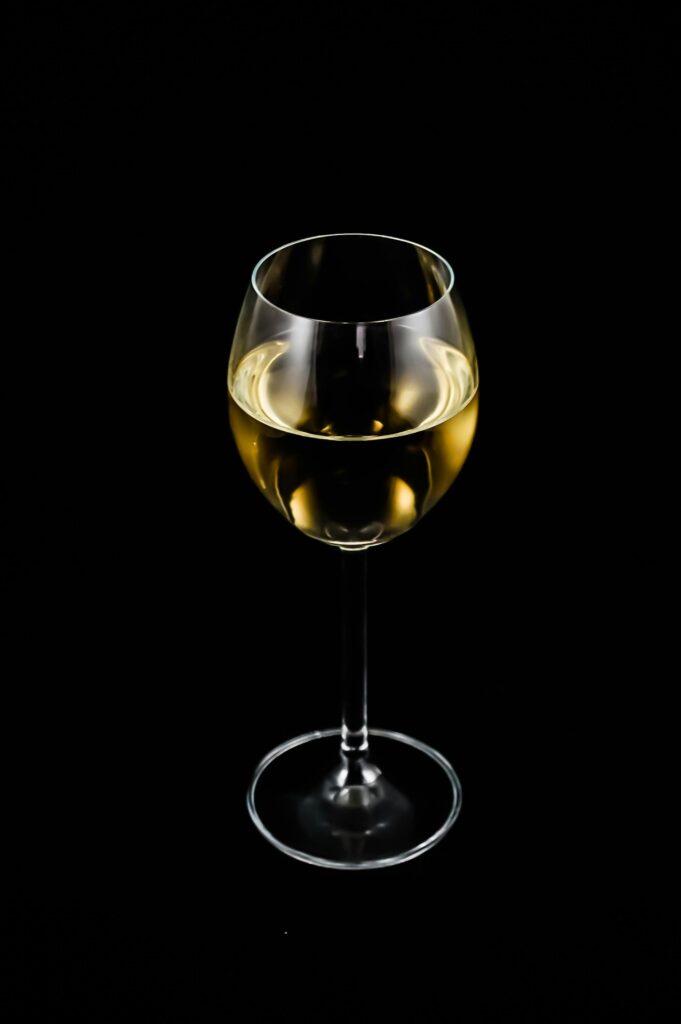The convergence of technology and traditional winemaking is ushering in groundbreaking innovations aimed at enhancing the quality and consistency of wine production. A recent development is the creation of an ‘electronic tongue,’ designed by researchers from the University of South Australia’s Future Industries Institute, under the leadership of Research Associate Dr. Xavier Ceto Alseda. This device promises a new era in assessing the age and quality of wine on an industrial scale.
The Electronic Tongue Explained
Constructed from sophisticated materials like gold, platinum, and carbon electrodes, the electronic tongue is a marvel of modern science. It operates by generating a distinct “fingerprint” for each wine it analyses, measuring the electrochemical reactions of various compounds within the wine, including sugars and phenolic compounds. This method closely mimics the human process of tasting, capturing a holistic profile of the wine’s flavour components.
Field Testing and Validation
To validate its effectiveness, the device was tested against the refined palates of eight sommeliers and used to analyse 52 different red wines from Catalonia. The sommeliers rated the wines, and these scores were then matched against the electronic fingerprints generated by the device. This innovative approach has led to the development of a predictive model that can accurately forecast a sommelier’s rating based on a wine’s electronic profile.
Dr. Ceto Alseda envisions broader applications for this technology, particularly in reducing the workload on human tasters, who may face palate fatigue from sampling numerous wines in a single session. “You can’t have a person tasting 100 wines per day, so this sensor may be able to help screen them efficiently,” he explained.
Limitations and the Art of Wine Tasting
Despite its technological prowess, the electronic tongue does have its limitations. Heather Smyth from the University of Queensland points out that it is unlikely any device will fully replicate the human experience of tasting wine. “The human senses—smell, taste, touch, sound, and sight—interact in complex ways to inform our brain about the qualities of food and beverages,” she comments. Factors like emotion, psychology, and past experiences play significant roles in how we perceive flavours, aspects that an instrument cannot duplicate.
The Future of Wine Tasting
While the electronic tongue is a significant advancement and a tool for enhancing the precision of wine production, it won’t replace the nuanced art of wine tasting practised by enthusiasts and professionals. For example, discerning the delicate balance of flavours in a fine Bordeaux like the Chateau Lafleur 1990, available from Ideal Wine Company, still requires a human touch.
Conclusion
As we move forward, the integration of such technology in the wine industry highlights an exciting phase of innovation that could redefine traditional practices. However, for many wine lovers, the sensory pleasure of tasting and discovering wines through personal experience remains irreplaceable. The electronic tongue offers a glimpse into the future of winemaking and quality control, but the essence of wine tasting continues to be a deeply human and subjective adventure.

